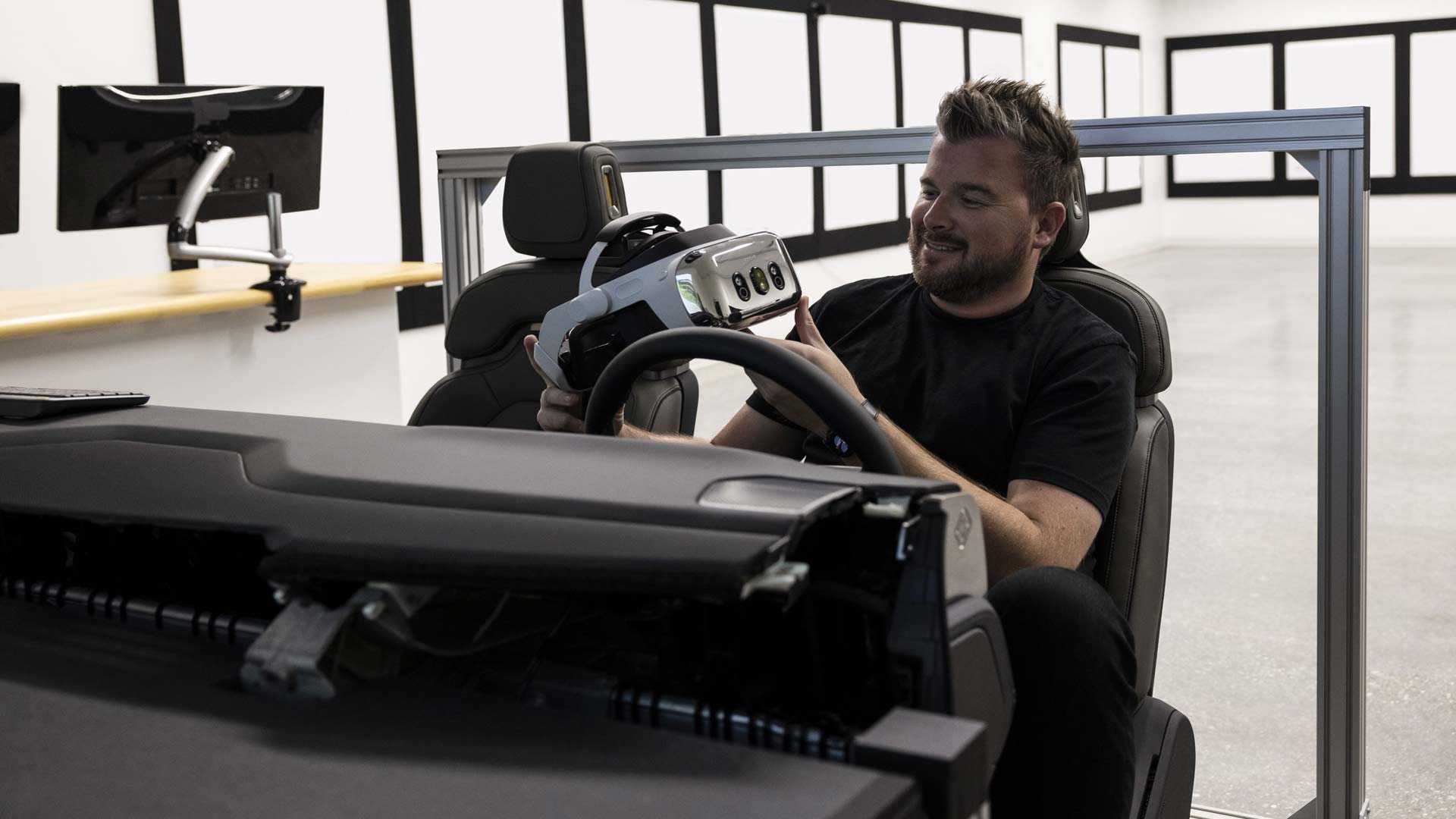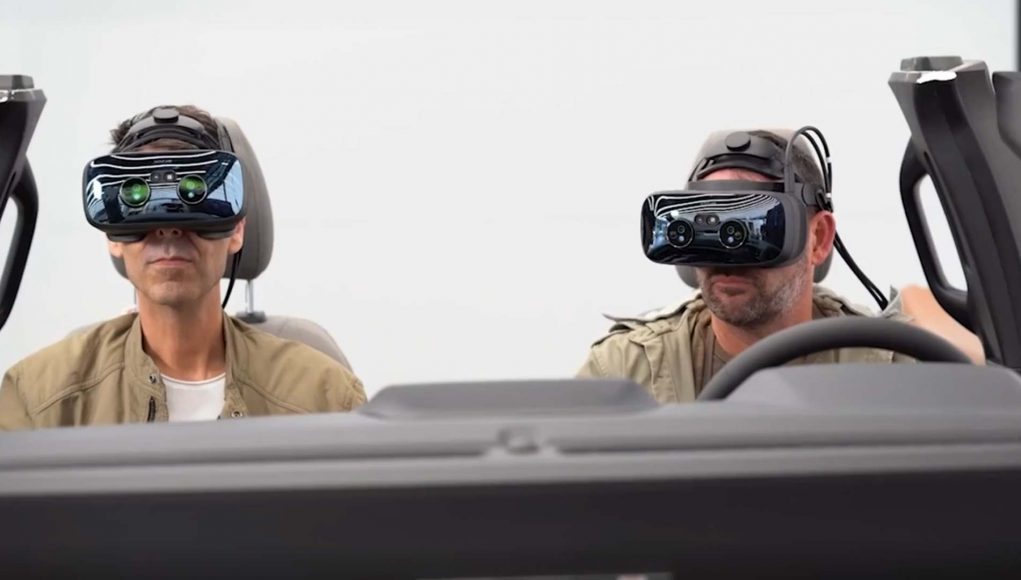Some major car manufacturers still design cars in clay before heading into production, and while that tradition doesn’t seem to be going away just yet, companies like Ford, Volvo and Rivian say mixed reality headsets are substantially helping them to reduce time and cost in vehicle design.
In a new video focusing on the Australia-based design team behind the Ford Ranger, Ranger Raptor and Everest, we get a look at just how one of the world’s largest car manufacturers is using mixed reality, namely Varjo’s enterprise-focused XR-3 headset.
“We’ve been using mixed reality in the design process for more than a year now and it’s incredibly exciting,” reveals Andrew Dallan-Jones, Visualization Manager at Ford Design. Catch the team’s full explanation in the video below:
Ford’s visual design team says mixed reality also improves collaboration, letting colleagues hash things out earlier in the design process before committing to a physical prototype, which the designers say helps “speed up the design process and reduce changes.” It also allows the team to conduct “high-resolution, face-to-face virtual design reviews with colleagues,” which are distributed across Melbourne, the US and Europe.
Another company using Varjo’s XR tech is the US electric car company Rivian, which says the total cost savings just from the reduced need for materials and physical mockups has been “a million dollars per vehicle program.”
“At Rivian, design time is of the essence. Together with [Autodesk] VRED, Varjo has taken a lot of time and money out of the process and lets us iterate and integrate more quickly than ever before,” says Trevor Greene, Lead Visualization Design at Rivian Automotive.

Rivian says in a Varjo blog post that mixed reality has also helped speed up the design iteration cycle, letting the team create “2-3 times the amount of iterations in the same amount of time they were before.”
“This helps the team build better cars and quickly get answers to practical questions such as does a door panel feel high, or are the driver’s seat and steering wheel placed at a good height,” Rivian says.
One of the longest supporters of mixed reality collaboration has been Volvo, which has been using Varjo headsets since the introduction of Varjo XR-1 in 2019.
Back in 2019, Volvo CTO Henrik Green said it was hoping to gain “considerable potential cost savings by identifying priorities and clearing bottlenecks much earlier in the design and development process.”
Now, Volvo says it also uses Varjo’s ‘Reality’ cloud streaming ability to share design mock-ups across the US, China, and the company’s Sweden-based head office.
And why Varjo? It seems to be a natural fit for car manufacturers to go with the Finland-based XR headset company, which is not only touted for creating some of the highest-resolution headsets, but by being one of the first enterprise-focused companies out there to offer full-color mixed reality passthrough in their headsets.
Needing to buy that high-end, enterprise hardware direct from Varjo isn’t exactly a must nowadays though, at least as far as mixed reality collaboration goes. Varjo announced in April it was offering support for Quest 3 and Quest Pro on Reality Cloud, which could potentially expand the reach who can view and experience a digital vehicle mock-up.
Still, we don’t expect to see Varjo pull back from creating industry-leading hardware, as its high-end headsets like its latest Varjo XR-4 are still far and away in their own category, not only offering significant spec bumps over convention XR headsets, but even a model that guarantees government-grade compliancy for the most sensitive of projects.







